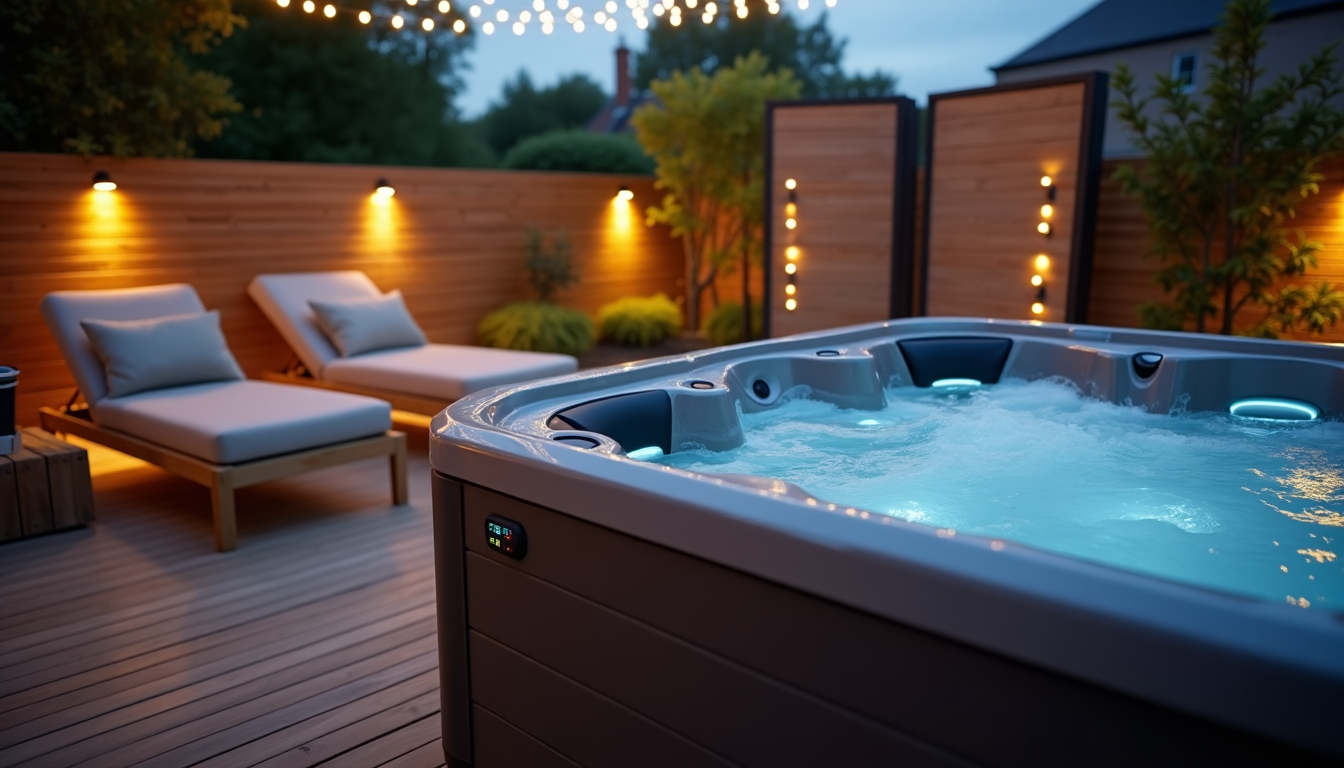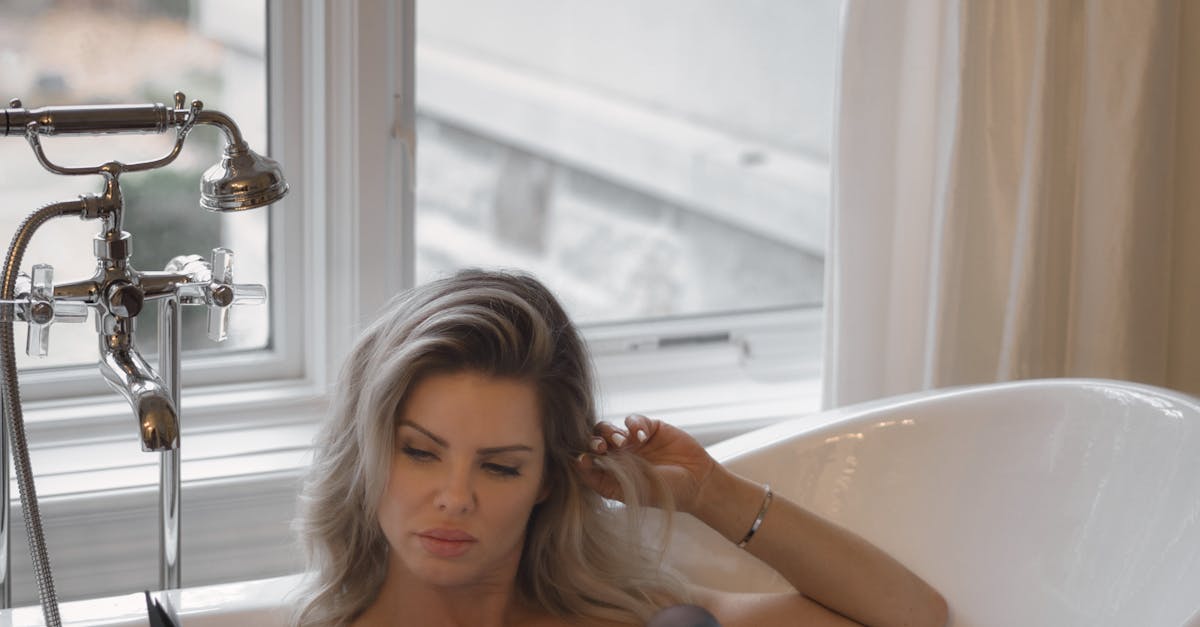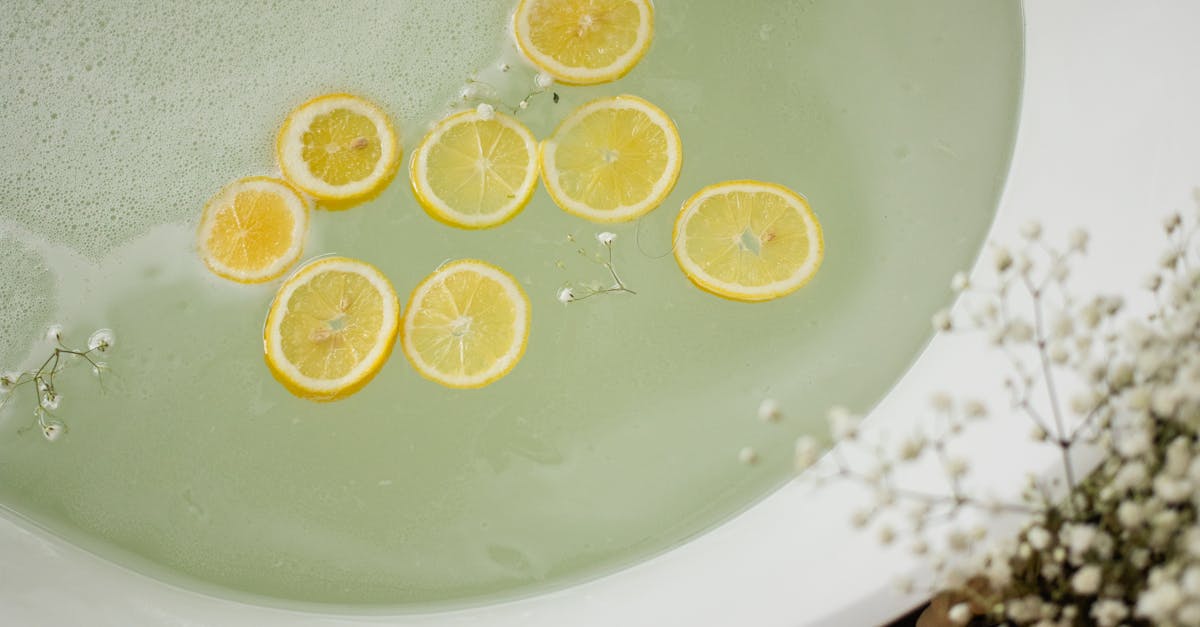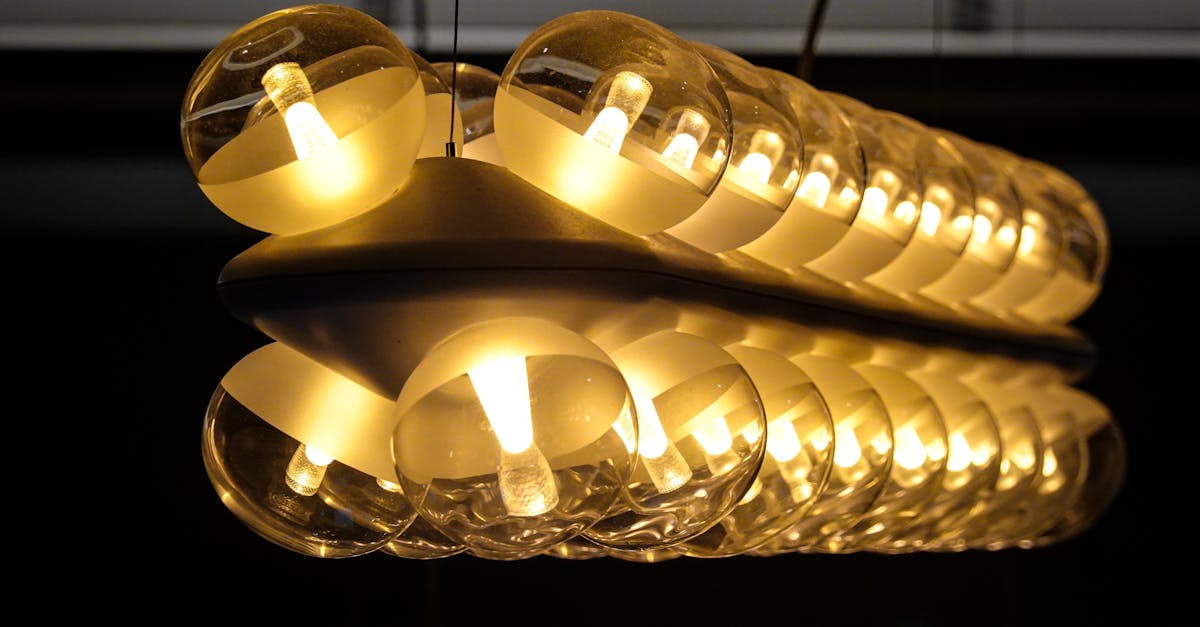Table of Contents - How Much Are Hot Tubs in the UK?
This blog post may contain affiliate links. As an Amazon Associate I earn from qualifying purchases.
How Much Are Hot Tubs in the UK?

A UK Buyer’s Guide to Hot Tub Prices
Understanding Hot Tub Price Ranges in the UK
 Image Source: https://pexels.com/
Image Source: https://pexels.com/
Entry-level hot tubs (£3,000-£6,000)
- Rotationally-molded (rotomolded) hot tubs with tough plastic shells
- No-fuss designs with straightforward controls
- Modest jet count (usually 12-30) with basic massage options
- Standard insulation that does the job without fancy extras
- Cozy sizing with room for 2-4 soakers
Mid-range options (£6,000-£12,000)
- Sleek acrylic shells that last longer and cradle you comfortably
- Beefed-up hydrotherapy with stronger pumps and better jet systems
- Smart energy efficiency with upgraded insulation
- Fancier control panels and mood-setting lighting
- Generous seating for 5-7 people with body-hugging contours
Premium and luxury models (£12,000-£25,000+)
- Superior construction with multiple reinforcement layers for bulletproof durability
- Jets galore with endless variety for head-to-toe massage therapy
- Tech wizardry including smartphone controls, energy tracking, and salt water systems
- Top-notch insulation that keeps running costs down
- Showstopping looks with extensive lighting and water features
- Peace-of-mind warranties (often 10+ years on structure)
What Factors Influence Hot Tub Costs?
 Image Source: https://pexels.com/
Image Source: https://pexels.com/
Construction materials and build quality
- Acrylic shells reinforced with fiberglass for that perfect balance of beauty and brawn
- Sturdy treated hardwood or rust-resistant metal frames that won’t give up after a few seasons
- Weather-beating synthetic cabinets or treated hardwood (never softwood – it turns to mush quickly!)
- High-density foam insulation that keeps heat in and energy bills down
Size and seating capacity
- Extra materials for construction
- More water (ideally 200-250 liters per person) to create the perfect soaking experience
- Beefier pumps and heating systems to keep all that water toasty
Jets and hydrotherapy features
- Generous jet counts (from a modest 21 in basic models to a whopping 62 in luxury versions)
- Superior jet quality and special configurations to target different muscle groups
- Multiple powerful pumps (budget models might have just 1×2hp pump, while luxury models boast 2-3 pumps)
Technology and control systems
- Control systems ranging from basic buttons to fancy touchscreen interfaces
- Energy efficiency features including advanced insulation and smart filtration
- Tech perks like Bluetooth speakers, smartphone apps, and Wi-Fi controls
- Water care wizardry such as UV, ozone, or saltwater systems
Hidden Expenses Beyond the Purchase Price
 Image Source: https://pexels.com/
Image Source: https://pexels.com/
Installation requirements and costs
£65 and £85 per square meter
- Softwood decking: £70-£100 per square meter
- Hardwood/composite decking: £120-£200 per square meter
Delivery and site preparation
Electrical setup considerations
dedicated electrical installation
- A dedicated circuit that your hot tub doesn’t share with other appliances
- Proper MCB protection rated 25% above maximum amperage draw
- 30mA RCD protection against earth faults
- Waterproof IP65 rotary isolation switch at least 2 meters from the tub
Accessories and essential add-ons
Running Costs: What to Budget for Monthly
Energy consumption and efficiency ratings
- Insulation quality: Full-foam insulation slashes energy use dramatically
- Cover condition: A snug, thermal cover stops 60% of heat from escaping into thin air
- Technology: Smart pumps and clever programming keep consumption down
- Size: Bigger tubs mean more water to heat – and higher bills
Water treatment and chemical expenses
- Sanitizers (chlorine/bromine): £10-£15 monthly (your water’s bodyguards)
- pH adjusters: £5-£10 monthly (keeping the balance just right)
- Shock treatments: About £3 per treatment (for when things need a reset)
Maintenance and servicing costs
- Component inspection (checking all the vital parts)
- Filter cleaning (because clean filters = happy tub)
- Water testing and treatment (science stuff made simple)
- Cover inspection (ensuring your thermal blanket stays effective)
Seasonal usage considerations
Smart Shopping Strategies for Hot Tub Buyers
Best times to buy for maximum savings
- Black Friday and Cyber Monday sales
- End-of-month or quarter-end periods when sales teams chase targets
- Home and garden shows with exclusive show-only discounts
- Warehouse clearance events featuring ex-display models
Negotiating with dealers effectively
Financing options and payment plans
Warranty considerations and value assessment
- Pro-rated warranties that shrink in value faster than wet swimwear
- Reasonable call-out charges (typically £39-£79)
- Annual service requirements that keep your warranty valid
Conclusion
FAQs
Q1. What’s the typical price range for a quality hot tub in the UK?Q2. How much should I budget for monthly hot tub running costs?Q3. Are there hidden costs associated with hot tub ownership?Q4. When is the best time to buy a hot tub for maximum savings?Q5. Do hot tubs add value to a home in the UK?



